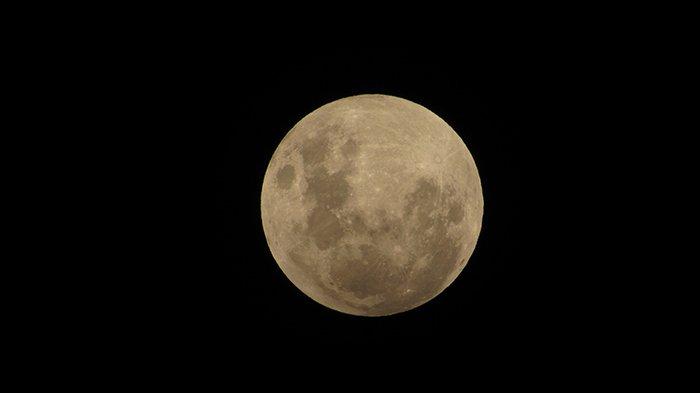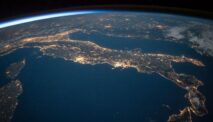Diksia.com - The following is the schedule for the penumbral lunar eclipse that will occur on May 5th and 6th, 2023.
This penumbral lunar eclipse phenomenon can be observed across Indonesia.
This was stated by the Research Center for Space Exploration of the National Research and Innovation Agency (BRIN), Rhorom Priyatikanto.
“The entire region of Indonesia has a section. The penumbral lunar eclipse phenomenon can be observed in the region of Indonesia around midnight, which will occur on May 5-6, 2023.”
“The eclipse begins at 21:15 WIB on May 5, 2023 and ends at 01:30 WIB the next day and peaks at 23:24 WIB,” he explained, quoted from brin.go.id.
Penumbral Lunar Eclipse Process
A penumbral lunar eclipse occurs when the entire lunar disk enters Earth’s penumbra.
The penumbra occurs when only part of the sunlight is blocked by the earth.
This event is one of the results of the dynamic movement of the positions of the Sun, Earth and Moon.
Penumbral lunar eclipses only occur during the full moon phases and can be predicted in advance.
The reason for this is that the positions of the moon, earth and sun are almost identical.
“But all three don’t combine well enough to create a total lunar eclipse,” Rhorom said.
In addition, a penumbral lunar eclipse occurs when part of the sunlight is blocked by the Earth, i.e. the moon enters the Earth’s penumbra.
As the moon enters the penumbra, its brightness gradually decreases.
This penumbral lunar eclipse process is the position of the Moon, Sun and Earth in an alignment where the Moon enters only the Earth’s penumbra.
Therefore, when the eclipse reaches its peak, the moon appears dimmer than the full moon.
In addition, Rhorom also explained the difference between umbra and penumbra during a lunar eclipse.
“The difference between the umbra and the penumbra in a lunar eclipse is that when part of the moon enters the umbra, that part receives no sunlight except for a small part that is refracted by the Earth’s atmosphere and vice versa part. Those who enter the penumbra still receive sunlight,” he said.






